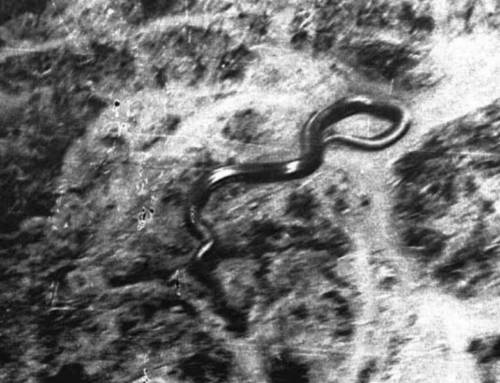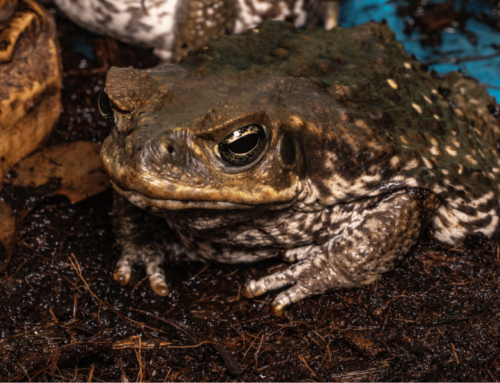
A new giant species of extinct aquatic reptile was recently discovered in the Jurassic Coast of England. It is being called “the T-Rex of the seas.” However, most people probably couldn’t tell you the difference between a pliosaur and an ichthyosaur.
The Pliosaur family contains some of the most famous extinct marine reptiles including the Kronosaurus, Predator X and the Liopleurodon.
So what is a pliosaur anyway? This article is all about the pliosaur reptile group.
4 Things to Know about Pliosaurs
1. Not Dinosaurs
One big misconception about dinosaurs is that they include all ancient reptiles. Pliosaurs were not a type of dinosaur and belonged to a different family altogether. They were also not mosasaurs, which were actually a group of marine lizards.
As far as we know, there are no fully aquatic dinosaur lineages.
2. Subgroup of Plesiosaurs
The group of reptiles that pliosaurs actually belong to, are called plesiosaurs. If you are familiar with extinct reptiles, you’ve probably already seen depictions of plesiosaurs. The following picture shows a typical plesiosaur morphology.

A typical plesiosaur morphology
3. Appearance
Pliosaurs were large marine reptiles. Many had short necks with a crocodilian-like head, while others appeared more typically like other plesiosaurs, with long necks and smaller heads.
Like other marine reptiles, their four limbs have adapted into flippers. In size they ranged from 4 meters in length on the small side, and up to greater than 10 meters among the biggest species.
Pliosaurs were predators and naturally had strong jaws with sharp teeth. Their prey likely included fish, sharks, other marine reptiles and even dinosaurs. Many species were likely apex predators of their time.
4. Time Period
The pliosaurs existed from the early Jurassic to the mid Cretaceous. They were gone by the time the meteor that caused the dinosaurs to go extinct hit the Earth.

Depiction of a Kronosaurus
Conclusion:
Pliosaurs were fearsome and incredible marine reptiles. As time goes on, we will surely learn more and more about them.





